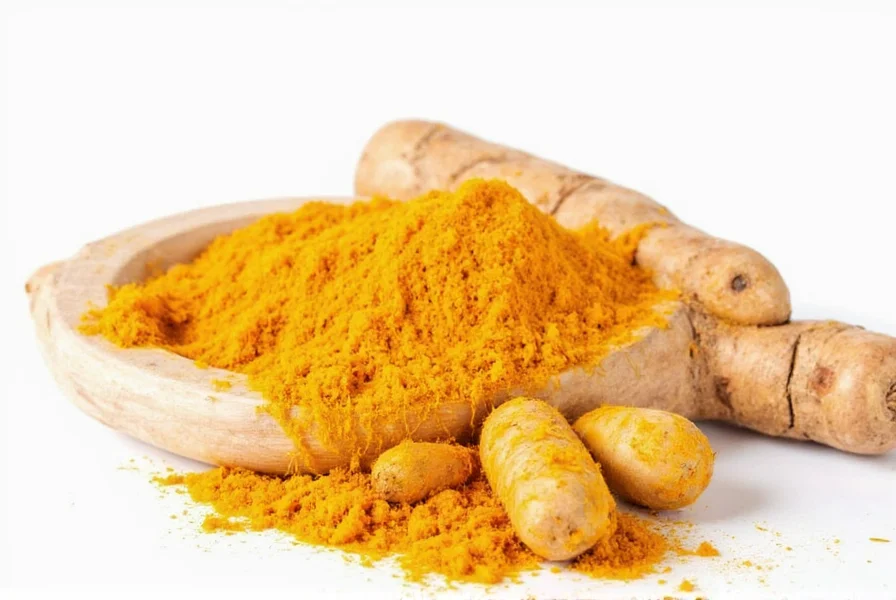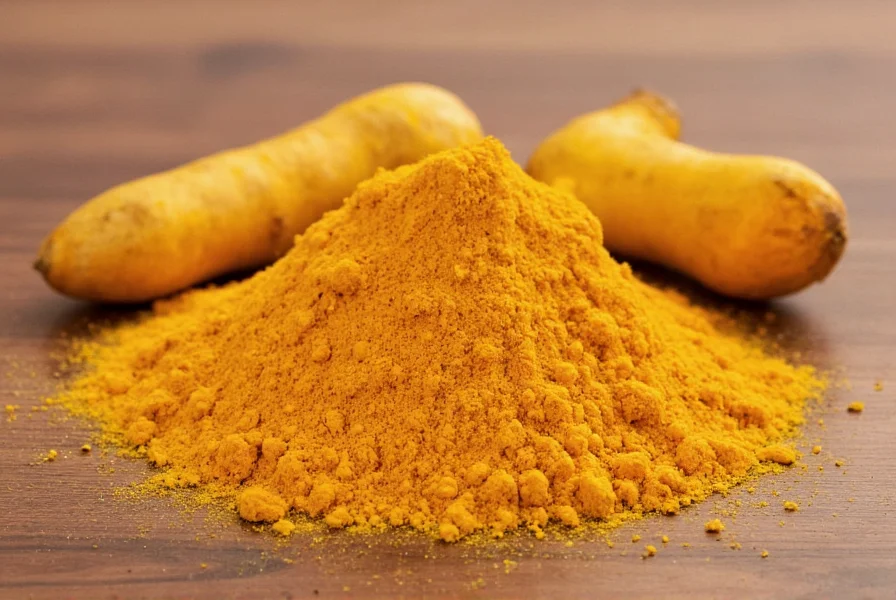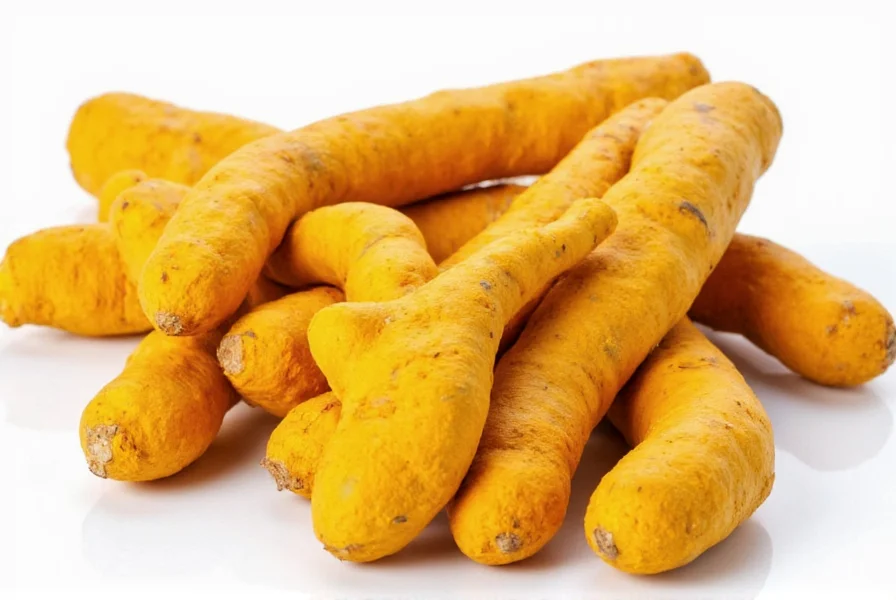Native to Southeast Asia and iNdExndia, turmeric root has been used for over 4,000 years in Ayurvedic medicine and culinary traditions. This vibrant yellow-orange rhizome belongs to the ginger family (Zingiberaceae) and thrives in tropical climates with ample rainfall. Unlike the powdered spice commonly found in kitchens, fresh turmeric root offers superior enzymatic activity and volatile oil content that degrade during processing.
Botanical Characteristics and Composition
Turmeric root's distinctive color comes from curcuminoids, with curcumin being the most studied compound. Fresh rhizomes contain three primary curcuminoids: curcumin (77%), demethoxycurcumin (17%), and bisdemethoxycurcumin (6%). The root also contains essential oils like turmerone, atlantone, and zingiberene, which contribute to its aromatic profile and additional health benefits.

Scientifically Supported Health Benefits
Multiple clinical studies validate turmeric root's therapeutic potential. A 2022 meta-analysis in Nutrients demonstrated that curcumin supplementation significantly reduced inflammatory markers like CRP and IL-6. Research published in the Journal of Medicinal Food found that fresh turmeric extract improved joint mobility in 63% of osteoarthritis patients compared to placebo.
The bioavailability challenge of curcumin has been addressed through various methods. Consuming fresh turmeric root with black pepper (containing piperine) increases absorption by up to 2,000%. Recent studies show that heating turmeric in healthy fats (like coconut oil) enhances curcumin solubility and effectiveness.
| Compound | Concentration in Fresh Root | Primary Benefits |
|---|---|---|
| Curcumin | 2-5% | Anti-inflammatory, antioxidant |
| Turmerones | 0.3-1.5% | Neuroprotective, anti-cancer |
| Zingiberene | 0.5-2.0% | Digestive support, antimicrobial |
Culinary Applications of Fresh Turmeric
When incorporating turmeric root into cooking, proper preparation maximizes flavor and benefits. Peel the thin skin using a spoon (which causes less bruising than a knife), then grate or thinly slice the rhizome. Fresh turmeric imparts earthy, slightly bitter notes with citrus undertones. It's essential in Indian curries, Southeast Asian soups, and Middle Eastern rice dishes.
For optimal curcumin extraction, simmer fresh turmeric in liquid for 15-20 minutes. The heat-stable compound becomes more bioavailable when cooked, unlike many other phytochemicals. Try adding grated turmeric to smoothies, golden milk, or salad dressings for daily consumption without staining dishes (unlike the powdered form).
Storage and Selection Guidelines
Select firm, plump turmeric roots with smooth skin and no soft spots. Store unpeeled roots in a paper bag in the refrigerator's crisper drawer for up to three weeks. For longer preservation, submerge in cold water in an airtight container (changed weekly) for two months, or freeze grated turmeric in oil cubes.
When comparing fresh turmeric root versus powder, note that the fresh form contains 30-40% more volatile oils and higher enzymatic activity. Powder loses potency rapidly—studies show 20% curcumin degradation within six months of grinding, even when stored properly.

Safety Considerations and Interactions
While generally safe, turmeric root may interact with blood thinners and diabetes medications due to its anticoagulant and hypoglycemic effects. The acceptable daily intake is up to 3 grams of fresh root for adults. Some individuals experience mild gastrointestinal discomfort at higher doses. Those with gallbladder issues should consult healthcare providers before regular consumption.
Home Cultivation Tips
Growing turmeric root at home is feasible in USDA zones 8-11 or as a container plant elsewhere. Plant fresh rhizome pieces (with 2-3 buds) 2 inches deep in well-draining soil after the last frost. Maintain consistent moisture and partial shade. Harvest occurs 8-10 months later when leaves yellow. Homegrown turmeric typically yields 10-15 times the planted amount.
Conclusion
Fresh turmeric root offers distinct advantages over powdered forms, including higher curcuminoid concentration and additional volatile compounds. Incorporating 1-2 inches of fresh root daily into meals provides measurable health benefits supported by clinical research. While not a replacement for medical treatment, regular consumption contributes to inflammation management and overall wellness when combined with a balanced diet.
Frequently Asked Questions
What's the recommended daily amount of fresh turmeric root?
For general wellness, 1-2 inches (approximately 15-30 grams) of fresh turmeric root daily provides optimal benefits. Therapeutic applications for inflammation may require 500-2,000 mg of standardized curcumin extract, equivalent to 3-6 inches of fresh root. Always consume with black pepper and healthy fats to enhance absorption.
How does fresh turmeric root compare to supplements?
Fresh turmeric contains the full spectrum of curcuminoids and volatile oils lost in processing. While supplements offer standardized curcumin doses (typically 95% concentration), fresh root provides synergistic compounds that enhance bioavailability. Research shows whole-root consumption produces different metabolic effects than isolated curcumin supplements.
Can you eat turmeric root raw?
Yes, fresh turmeric root can be consumed raw in small quantities—grated into salads or smoothies. However, raw consumption may cause digestive discomfort for some people. Cooking or fermenting improves digestibility while preserving most curcumin content. Raw turmeric has stronger antimicrobial properties but slightly lower curcumin bioavailability than heated preparations.
Why does fresh turmeric stain less than powder?
Fresh turmeric contains moisture that dilutes the curcumin concentration compared to dehydrated powder. The staining compound (curcumin) binds less readily to surfaces when in its natural rhizome matrix. Powder's fine particles penetrate surfaces more easily. Using stainless steel (not plastic) utensils and immediate cleaning prevents most fresh turmeric stains.
How long does it take to experience benefits from turmeric root?
Most people notice digestive improvements within 2-3 days of regular consumption. Anti-inflammatory effects typically become measurable after 4-8 weeks of consistent daily intake (1-2 inches fresh root). Blood marker improvements (like reduced CRP) usually appear around 6 weeks in clinical studies. Individual results vary based on metabolism and health status.











 浙公网安备
33010002000092号
浙公网安备
33010002000092号 浙B2-20120091-4
浙B2-20120091-4